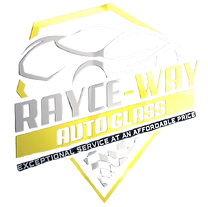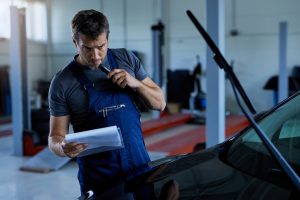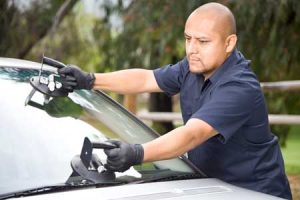In the grand scheme of vehicle maintenance, replacing a windshield might seem like a minor task. After all, it’s just a piece of glass, right? Wrong. Modern vehicles are marvels of engineering, intricately designed with advanced safety features that rely on precise calibration to function correctly. And when it comes to windshield replacement, the importance of recalibrating your vehicle’s systems cannot be overstated.
Picture this: you’re cruising down I-10 or Beltway 8, enjoying the Houston scenery, when suddenly a rock flies up and cracks your windshield. It’s a common scenario that many drivers face, and while the initial concern might be cosmetic, there’s more at stake than meets the eye.
Today’s vehicles are equipped with an array of sophisticated safety systems, such as lane departure warning, adaptive cruise control, automatic emergency braking, and even semi-autonomous driving features. These systems rely on sensors and cameras typically mounted behind the windshield to gather data and make split-second decisions to keep you safe on the road.
However, when you replace your windshield, even with the highest quality glass, the process can disrupt the delicate calibration of these systems. This is where ADAS recalibration becomes crucial.
Recalibration is the process of readjusting or resetting the sensors and cameras to ensure they’re accurately aligned and functioning as intended. Failure to recalibrate these systems after windshield replacement can lead to serious safety risks. Misaligned sensors may not detect obstacles or lane markings correctly, resulting in erratic behavior or, worse, failure to engage when needed most.
Imagine relying on your vehicle’s automatic emergency braking system to stop suddenly in the event of an unexpected obstacle, only to find out too late that it’s not working because the sensors weren’t recalibrated after your windshield replacement. The consequences could be catastrophic.
Moreover, neglecting recalibration can also compromise the overall structural integrity of your vehicle. The windshield plays a crucial role in supporting the roof in the event of a rollover accident. Improper installation or failure to recalibrate the sensors could weaken this structural support, putting you and your passengers at greater risk in the event of a collision.
Some drivers may be tempted to forego recalibration to save time or money. However, the potential consequences far outweigh any perceived benefits. In fact, many vehicle manufacturers explicitly recommend recalibration after windshield replacement to maintain the integrity of their safety systems.
Fortunately, recalibration technology has advanced significantly in recent years, making the process quicker, more accurate, and more accessible than ever before. At Rayce-Way Auto Glass our certified technicians can recalibrate your vehicle’s systems using specialized equipment and software, ensuring everything is precisely aligned according to the manufacturer’s specifications.
Ultimately, investing in recalibration after windshield replacement is not just about adhering to manufacturer recommendations—it’s about prioritizing safety. Your vehicle’s advanced safety systems are there to protect you and your loved ones on the road, and recalibration ensures they continue to do so effectively.
So, the next time you find yourself in need of a windshield replacement, remember: it’s not just about replacing glass; it’s about safeguarding the intricate systems that keep you safe behind the wheel. Don’t compromise on safety—recalibrate.
To obtain further details or receive a quote for recalibrating your vehicle, contact Rayce-Way today, where a knowledgeable team member will be delighted to assist you.





